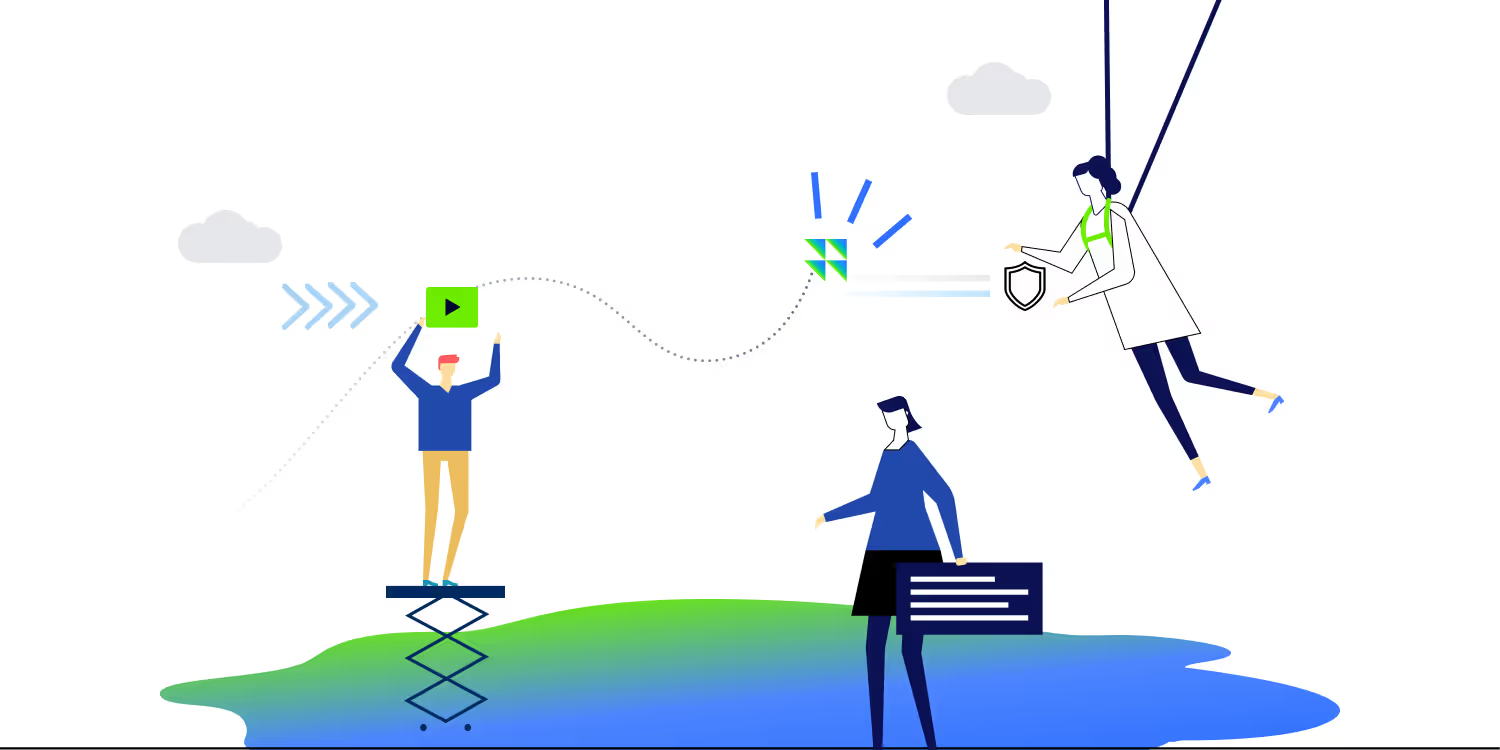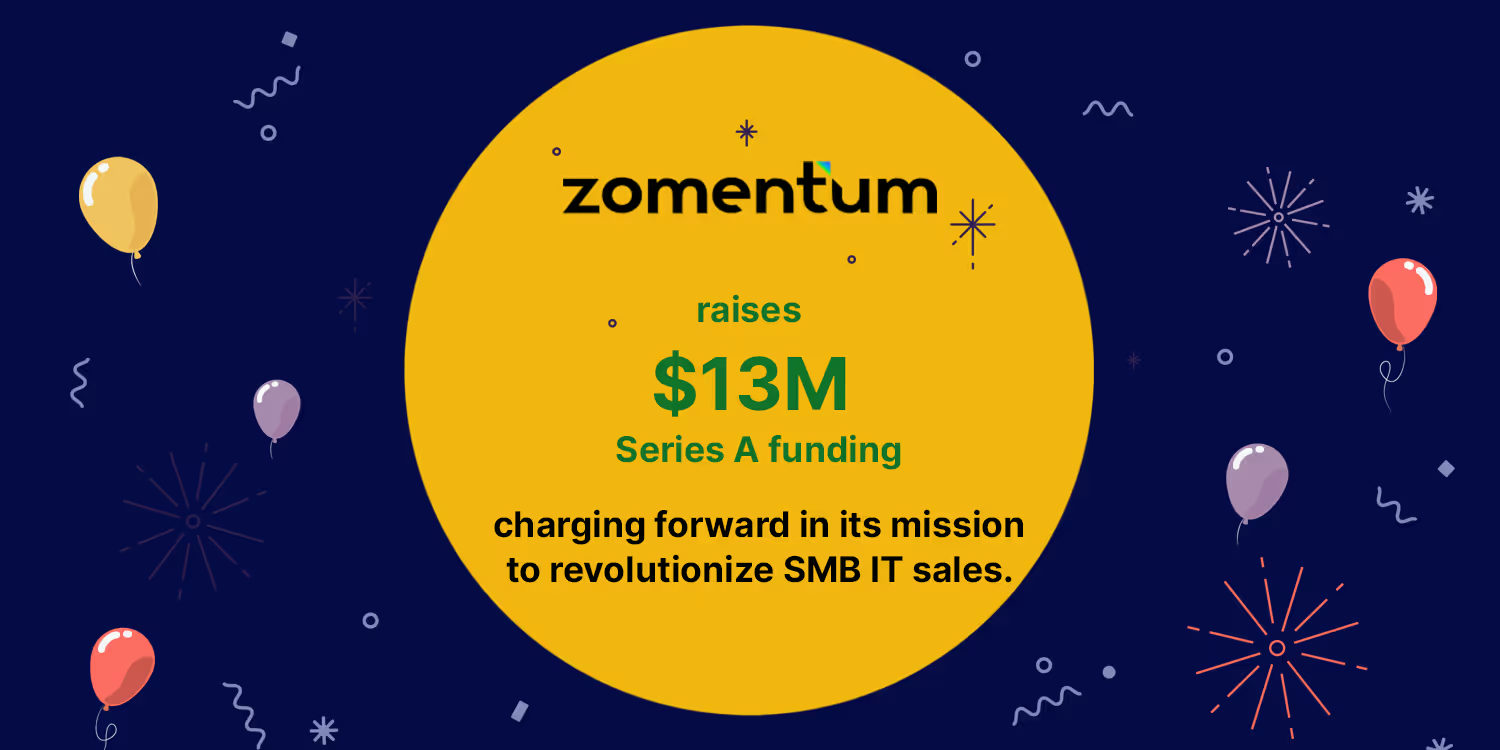Starting Off in 2021: 5 Mistakes For MSPs To Avoid
.avif)
Uncertainty and confusion are the perfect adjectives to describe 2020. Some MSPs did their best given the circumstances, while others played it a bit more conservative and took shelter from the pandemic stricken market, not making any significant business decisions. How did it work out for the latter group of managed services firms?
The first set of business owners generally flourished and understood that companies in different verticals needed them more than ever, especially adopting digital transformation. The more idle group of MSPs made fewer profits because they were risk-averse and afraid to take any chances on the unknown.
However, with the new year underway, it’s time to get back into the game with the proper preparation and knowledge so that your business can improve from last year. Take a note of what mistakes to avoid in 2021 and begin afresh, including this list of potential errors:
1. Bid Farewell To the Commoditized Way Of Selling
2021 will be a year full of competition, so there will be pressure to choose the right price model for your managed services offerings. Post-Covid 19, the industry is expanding with companies adopting new technologies and transitioning to a remote workforce model. Hence, your prospects with have many technology providers to consider before they make their final choice. They will continue to compare prices amongst their options.
Solution:
So don’t get lost in the shuffle, especially if you are a new player in the market. It can take a long time to find your footing to compete with long-standing competitors who dominate the IT solution provider community. However, your understanding of the competitive landscape matters. Aspects like your competitors’ locations, solutions stacks, client communications, and strengths and weaknesses will certainly help you find your way. Then tailor your services in a way which meets your client’s needs and sets you apart from competitors. Move towards a risk-based pricing model and explain to your prospects the potential threats in their current business environment instead of selling your traditional IT services stack.
2. Stop Selling Tools To Your Customers Without Focusing on Relationships
When you started your MSP, it probably involved a different set of services than your current portfolio. You likely evolved your offerings based on your customers’ needs and risk factors such as most likely security threats and the impact of data loss. That explains why blindly selling these tools or services would be a major mistake.
Solution:
Focus on your relationship with each customer; see things from their perspectives instead of preaching to them about your solutions. Build relationships with clients and make sure your team is available whenever needed. In short, the customer experience is one of the essential priorities this year. Stay on top of issues and projects, keep monitoring your clients, and be there to provide support when things go south. Keep in mind that at the end of the day, your offerings should solve your customers’ problems and not just be a requirement.
3. Don’t Dismantle Your Portfolio After A Price Objection From The Prospect
This is a typical mistake for any TSP or MSP. Customers often end up asking for rebates or pointing out that they have a specific budget in mind after you chalk out a proposal for their business. However, some MSPs end up pulling out services and sacrificing what may be necessary pieces of their stack instead of handling the price objection. Don’t drop your standard MSP, MSSP, and cybersecurity offerings just to meet the customer’s budget as you may also become susceptible to other variables. One of the results of those compromises could be a potential lawsuit coming your way if not paying heed to the ongoing threats from cyber-attacks.
Solution:
So you need to be careful in your approach and think it through when you come across a similar situation. A little attention to details matters, these are:
i. Your solution delivery to the prospect based on the price point of your IT stack.
ii. Your effort to communicate the liabilities as a managed service provider.
iii. Taking a rational friendly approach to make them realise that you can help them reach a better place in a progressive way rather than doing it at once compromising. on their budget.
4. Handing Out Rate Cards Without Consultation And Assessment Is Not A Wise Choice
A thorough consultation and sales assessment is a must before quoting your prices. It’s not wise to blatantly throw out rates to new prospects. The reason for this approach is to ensure decision-makers understand your technical expertise and the value your MSP’s IT services will provide their business. However, never assess your prospects’ existing network environment for free. That is a risky and unprofitable prospect and you set yourself up for future discount requests that won’t nurture positive relationships with your clients.
Solution:
Set up realistic expectations for each customer by selling sales assessments first. Be strategic with what you provide your clients and how you bundle services. Use a holistic sales assessment platform such as Zomentum to make it easier to create and present these analyses. Read the basic nitty-gritty of sales assessments to learn more about those topics.
5. Taking On New Customers Without the Right Resources Can be Costly to Your MSP
Your prospects may require a number of new technologies and services, including AI, cloud migration, robotics and process automation, and IoT. If you have few technical experts on your team, they might feel the pressure of taking on new clients every month. Don’t overburden your staff, especially when most could be working from home.
Solution:
Three things MSPs should have on the agenda in 2021 include scouting, hiring, and training. Find the people who can fill in any gaps in your existing team, even though recruiting can be challenging when competing with other MSPs looking for the same resources. The best way to avoid that problem is to coach and train your technical team. That strategy could bring more value to your IT services company and accelerate your employees’ career paths.

If you keep the five mistakes to avoid in mind, then it should be easier to operate your MSP this year and create a competitive advantage for your business. The secret to growing in 2021 is to adapt and target new businesses irrespective of their size. Managing risk and staying agile should be on your checklist, too. Here are some other tips to keep your MSP on top this year.
Suggested Blogs

What’s new in Zomentum - December 2019
.avif)
Zomentum Announces the Top Influential Partners of 2023: Leading the Way in Growth and Innovation

